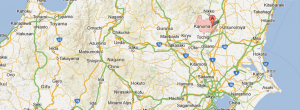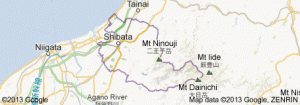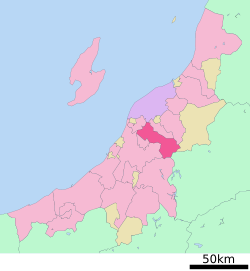There are several reasons that I like the original Karate Kid, but one of them relates directly to today’s Key City: Kanuma.
Ever seen one of these?
I remember Mr. Miyagi slowly, carefully pruning and training this strange little plant, and I was hooked. Thank you Japan for another awesome addition to my life! Ok, back to the story…
Bonsai trees don’t have what’s known as a taproot. That’s the deep root most plants have that gets down to the really important nutrients and water in the ground. Basically, this means that bonsai trees can’t grow in most places, because the soil isn’t good enough. That’s where Kanuma comes in.
Kanuma has a very special type of soil called Kanumatsuchi. A nearby volcano, Mt. Akagi, erupted and rained ash all over the region. Over the years, it mixed with the local soil and became something new and valuable. The soil from this region is more than twice as good as other cultivated soils at absorbing air and water, with better permeability and drainage.
People from all over the world buy bags of dirt from this city because of its “good ground.” We think that there is some good spiritual ground there, too. When we take the gospel to these people, the Word of God will find some “good ground” and bear fruit. Pray with us that among the more than 100,000 people in Kanuma City, we will find a fertile place to plant the seed of God’s Word.












